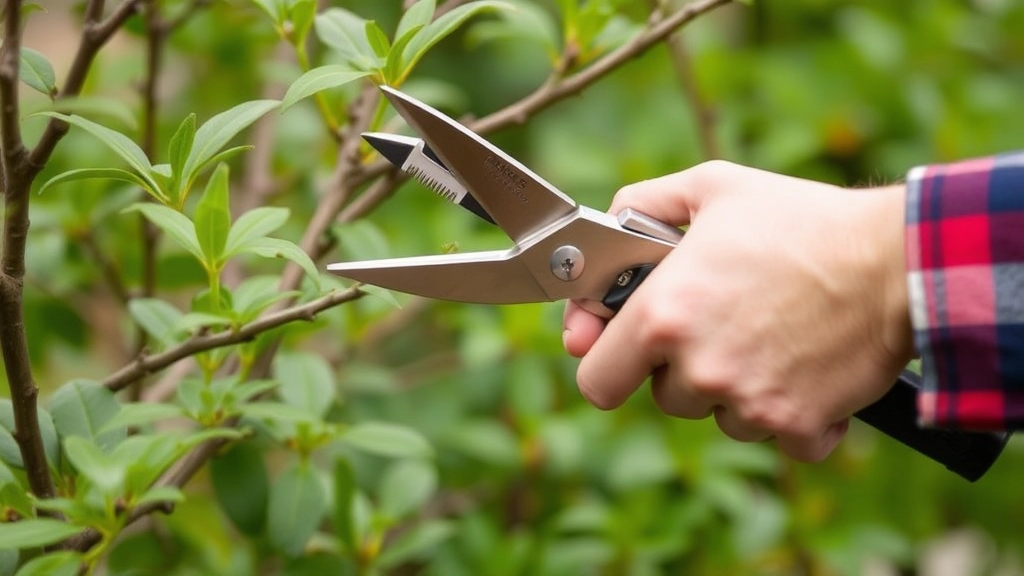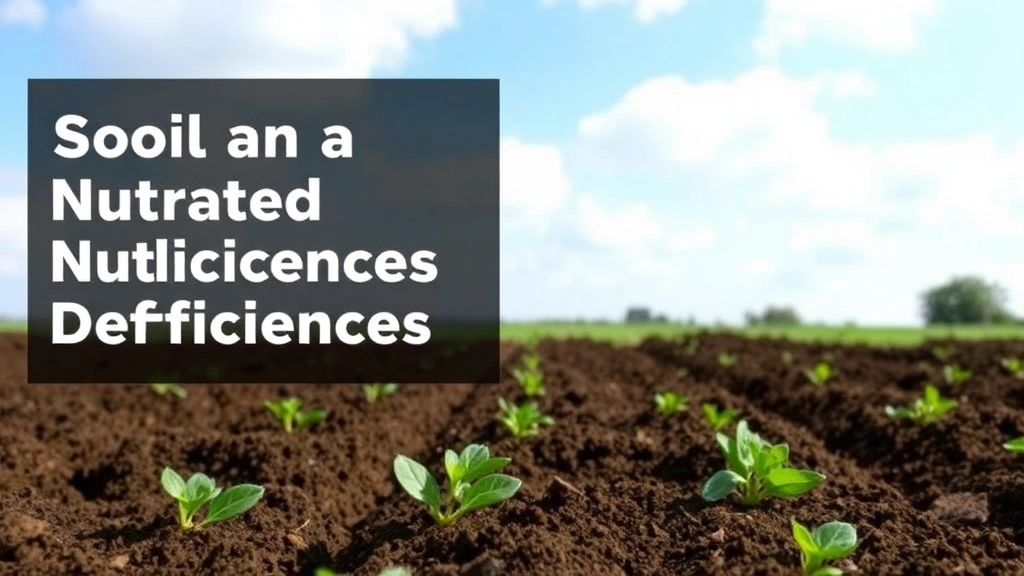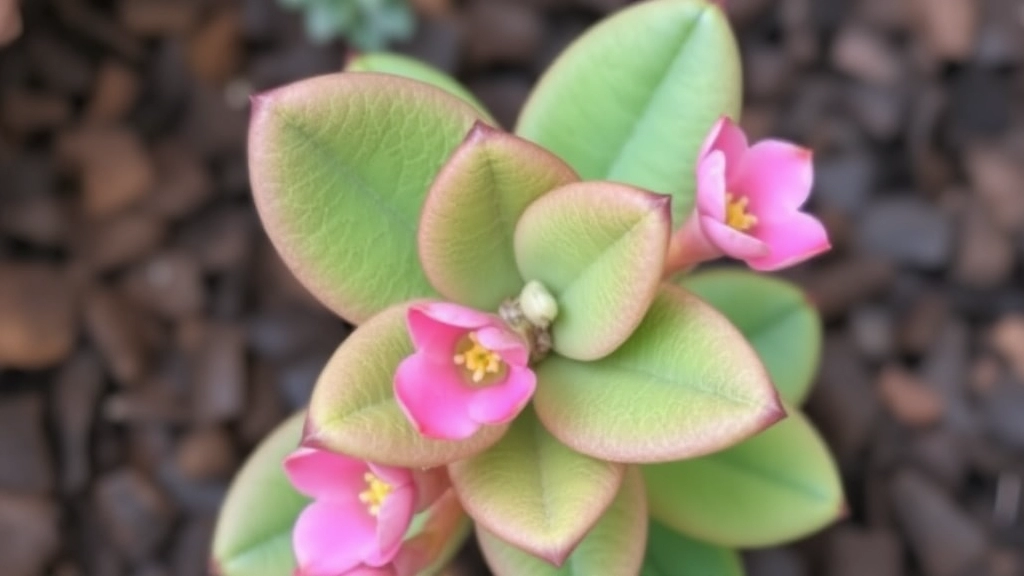Why is My Kalanchoe Not Flowering?
Ever wondered, “Why is my Kalanchoe not flowering?” You’re not alone. Many plant enthusiasts struggle with getting their Kalanchoe to bloom. The key lies in understanding a few fundamental care practices. Let’s dive into the common reasons and how you can encourage your plant to flower.
Common Reasons for Lack of Blooms
- Insufficient Sunlight: First, check if your Kalanchoe is receiving enough sunlight. Insufficient light is a primary reason for lack of blooms.
- Watering Habits: Next, examine your watering habits—both overwatering and underwatering can be detrimental.
- Pruning Techniques: Proper pruning techniques and ensuring your plant has the right nutrients are also crucial.
- Dormancy Period: Lastly, don’t forget that Kalanchoes need a dormancy period to rebloom.
Addressing these areas can make all the difference.
Insufficient Sunlight
Are your plants struggling to thrive despite your best efforts? One common culprit could be insufficient sunlight.
Plants rely heavily on sunlight for photosynthesis, which is crucial for their growth and overall health. Without enough light, they can exhibit several distress signals.
Signs of Insufficient Sunlight:
- Leggy Growth: Stretched stems and sparse leaves indicate a plant is reaching for light.
- Yellowing Leaves: A lack of sunlight can lead to chlorosis, where leaves turn yellow and drop off.
- Slow Growth: If your plants seem to be stagnating, it may be a sign they aren’t getting the light they need.
How to Address Insufficient Sunlight:
- Assess Light Exposure: Observe how much natural light your plants receive throughout the day.
- Relocate Plants: Move them closer to windows or brighter areas.
- Supplement with Grow Lights: If natural light is lacking, consider using artificial grow lights to provide the necessary spectrum for photosynthesis.
- Rotate Plants: Regularly rotating your plants can ensure all sides receive adequate light.
For more detailed care tips, check out our ultimate guide to growing and caring for succulent plant Kalanchoe and learn how to make your Kalanchoe flower again.
Improper Pruning Techniques

Have you ever looked at your plants and wondered why they seem to be struggling?
One common culprit could be improper pruning techniques.
Why Pruning Matters
Pruning isn’t just about making your plants look tidy.
It’s essential for their health and growth.
When done right, it encourages new growth, improves air circulation, and helps prevent disease.
But get it wrong, and you could be doing more harm than good.
Common Mistakes to Avoid
Here are some of the most frequent pruning blunders that can set your plants back:
- Cutting at the Wrong Time: Timing is everything. Pruning during the wrong season can shock your plants.
- Over-Pruning: Less is often more. Cutting back too much can stress your plants and leave them vulnerable.
- Using Dull Tools: Sharp tools make clean cuts. Dull ones can crush stems and invite disease.
- Ignoring Plant Type: Different plants have different needs. Research the specific pruning requirements for each type.
Real-Life Example
I remember a time when I got overly enthusiastic with my shears.
I pruned my rose bushes in late autumn, thinking I was helping them prepare for winter.
Instead, I ended up with a sad, bare patch come spring.
They struggled to bounce back, and it took ages for them to bloom again.
Watering Issues (Overwatering or Underwatering)
Have you ever found your plants looking droopy or yellow?
Watering issues are often the culprits behind these distress signals.
Both overwatering and underwatering can lead to serious problems for your plants.
Overwatering: The Silent Killer
- Symptoms: Yellowing leaves, wilting, root rot.
- Causes: Poor drainage, heavy soil, or watering too frequently.
To combat overwatering:
- Ensure your pots have drainage holes.
- Use well-draining soil.
- Water only when the top inch of soil feels dry.
Underwatering: The Thirsty Plant
- Symptoms: Brown, crispy edges, wilting, stunted growth.
- Causes: Infrequent watering, hot weather, or dry indoor conditions.
To remedy underwatering:
- Check soil moisture regularly.
- Water deeply but less frequently to encourage deep root growth.
- Consider using a moisture meter for precise readings.
Finding the Balance
Achieving the right balance in watering is key to healthy plants. For more detailed advice, you might find our care guide for flowering Kalanchoe helpful.
- Tips for Optimal Watering:
- Water early in the morning or late in the afternoon to reduce evaporation.
- Adjust your watering schedule based on the season and plant type.
- Observe your plants; they will often let you know what they need. For instance, if you’re growing Kalanchoe, our ultimate guide to flowering Kalanchoe care offers specific watering tips.
Soil and Nutrient Deficiencies

Are your plants struggling to thrive despite your best efforts?
Soil quality and nutrient availability can significantly impact plant health.
Understanding Soil Composition
The foundation of any healthy plant is its soil.
If your soil is lacking in essential nutrients, your plants may exhibit signs of distress, such as yellowing leaves or stunted growth.
Key Nutrients to Consider:
- Nitrogen: Crucial for leaf growth and overall plant vigor.
- Phosphorus: Supports root development and flowering.
- Potassium: Helps with water regulation and disease resistance.
Signs of Nutrient Deficiencies:
- Yellow Leaves: Often indicates nitrogen deficiency.
- Poor Flowering: May suggest a lack of phosphorus.
- Brown Leaf Edges: Could be a sign of potassium deficiency.
Testing Your Soil
To address these issues effectively, consider conducting a soil test.
This will provide insights into pH levels and nutrient content, allowing you to tailor your fertilization approach.
Improving Soil Quality
If deficiencies are identified, here are some practical steps to enhance your soil:
- Organic Matter: Incorporate compost or well-rotted manure to improve nutrient content.
- Mulching: Use organic mulch to retain moisture and gradually enrich the soil as it decomposes.
- Fertilizers: Apply balanced fertilizers based on the results of your soil test.
Need for a Dormancy Period
Have you ever wondered why your plants seem to stall in growth during certain seasons?
One crucial aspect that many gardeners overlook is the importance of a dormancy period.
Dormancy is a natural phase where plants temporarily halt growth, allowing them to conserve energy and resources.
This period is vital for their overall health and can significantly influence their ability to thrive in the long run.
Why Dormancy Matters
- Energy Conservation: During dormancy, plants focus on storing energy rather than expending it on growth.
- Stress Recovery: This phase helps plants recover from environmental stresses, such as extreme temperatures or drought.
- Root Development: Dormancy allows for better root development, which is essential for nutrient uptake when growth resumes.
Signs Your Plant Needs a Dormancy Period
- Reduced Growth: If your plant growth has plateaued, it might be signalling the need for rest.
- Leaf Drop: Some plants naturally shed leaves during dormancy to conserve energy.
- Environmental Changes: Seasonal changes, such as cooler temperatures, can trigger dormancy.
How to Manage Dormancy
- Adjust Watering: Reduce watering frequency to mimic natural conditions. For more tips, check out our optimal watering tips for healthy Florist Kalanchoe.
- Lower Fertilisation: Cut back on fertiliser to prevent stimulating growth.
- Provide a Cool Environment: If possible, move your plants to a cooler area to encourage dormancy. Learn more about the essential Kalanchoe care tips for summer success.
Pest and Disease Infestations
Have you ever noticed your plants looking a bit worse for wear?
Pest and disease infestations can sneak up on you, and they’re often the culprits behind a plant’s decline.
When your green friends start wilting or developing odd spots, it’s time to investigate.
Here’s what to look out for:
- Common Pests:
- Aphids
- Spider mites
- Whiteflies
- Mealybugs
- Signs of Infestation:
- Yellowing leaves
- Sticky residue (honeydew)
- Webbing on leaves
- Visible bugs
- Diseases to Watch For:
- Fungal infections
- Bacterial blights
- Viral diseases
Prevention Tips:
- Keep your plants clean. Wipe down leaves regularly.
- Rotate plants to avoid soil-borne pests.
- Use organic pesticides like neem oil if needed.
If you catch these issues early, you can often save your plants with a bit of TLC. For more specific advice, check out our guide on black spots on Kalanchoe leaves and our tips for dealing with dying Kalanchoe leaves.
FAQs: Why Is My Kalanchoe Not Flowering?
What are some common reasons my Kalanchoe might not be flowering?
Some common reasons include improper pruning techniques, soil and nutrient deficiencies, and inadequate light conditions.
How does improper pruning affect my Kalanchoe’s ability to flower?
Improper pruning can stress the plant, reduce its vigor, and disrupt its natural growth cycle, all of which can prevent flowering. It’s important to prune at the right time and with the right techniques.
What are the signs that my Kalanchoe is suffering from nutrient deficiencies?
Signs of nutrient deficiencies include yellowing leaves, poor flowering, and brown leaf edges. These symptoms can indicate a lack of essential nutrients like nitrogen, phosphorus, and potassium.
How can I improve the soil quality for my Kalanchoe?
To improve soil quality, consider incorporating organic matter such as compost or well-rotted manure, using organic mulch, and applying balanced fertilizers based on the results of a soil test.
When is the best time to prune my Kalanchoe?
Pruning should be done during the appropriate season to avoid shocking the plant. Generally, it’s best to prune after the flowering period to encourage new growth and prevent stress.
What tools should I use for pruning my Kalanchoe?
Always use sharp, clean tools to make precise cuts. Dull tools can crush stems and invite disease, which can negatively affect the plant’s health and flowering ability.
How can I test my soil to determine if it’s suitable for my Kalanchoe?
Conducting a soil test will provide insights into pH levels and nutrient content. This information can help you tailor your fertilization approach to meet the specific needs of your Kalanchoe.
What are the key nutrients my Kalanchoe needs to flower properly?
Key nutrients include nitrogen for leaf growth, phosphorus for root development and flowering, and potassium for water regulation and disease resistance.
Can over-pruning affect my Kalanchoe’s flowering?
Yes, over-pruning can stress the plant and leave it vulnerable, which can delay or prevent flowering. It’s important to prune conservatively and only remove what is necessary.
References
-
Common Pruning Mistakes and How to Avoid Them
-
Identifying and Correcting Soil Nutrient Deficiencies
-
Understanding Soil Composition for Better Plant Health
